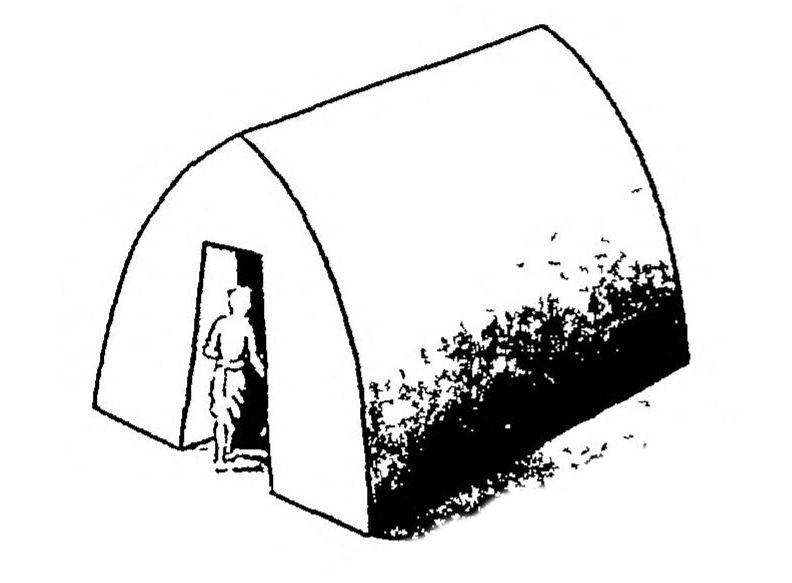Sitamarhi Cave on:
[Wikipedia]
[Google]
[Amazon]

 Sitamarhi Cave is an Indian artificial cave, and an important example of
Sitamarhi Cave is an Indian artificial cave, and an important example of

 Sitamarhi Cave is an Indian artificial cave, and an important example of
Sitamarhi Cave is an Indian artificial cave, and an important example of Indian rock-cut architecture
Indian rock-cut architecture is more various and found in greater abundance in that country than any other form of rock-cut architecture around the world. Rock-cut architecture is the practice of creating a structure by carving it out of solid na ...
. The cave is located 20 km south-west from Rajgir
Rajgir, meaning "The City of Kings," is a historic town in the district of Nalanda in Bihar, India. As the ancient seat and capital of the Haryanka dynasty, the Pradyota dynasty, the Brihadratha dynasty and the Mauryan Empire, as well as the d ...
, 10 km south-west of Hisua
Hisua is a city and a municipality in Nawada district in the India state of Bihar. It is situated on the right bank of the Tilaiya river along Gaya and Nawada road, west of Nawada and east of Gaya. The city lies adjacent to the Tilaiya J ...
, and dated to the Maurya empire
The Maurya Empire, or the Mauryan Empire, was a geographically extensive Iron Age historical power in the Indian subcontinent based in Magadha, having been founded by Chandragupta Maurya in 322 BCE, and existing in loose-knit fashion until 1 ...
.Gupta, The roots of Indian Art, p.194- It was hewn in a huge hemispherical rock of granite
Granite () is a coarse-grained (phaneritic) intrusive igneous rock composed mostly of quartz, alkali feldspar, and plagioclase. It forms from magma with a high content of silica and alkali metal oxides that slowly cools and solidifies undergro ...
.
The cave has the structure and "Mauryan polish
Mauryan polish describes one of the frequent characteristics of architecture and sculptures of the Maurya Empire in India (325 to 185 BCE), which gives a very smooth and shiny surface to the stone material, generally of sandstone or granite.The ro ...
" qualities of the Barabar caves
The Barabar Hill Caves (Hindi बराबर, ''Barābar'') are the oldest surviving rock-cut caves in India, dating from the Maurya Empire (322–185 BCE), some with Ashokan inscriptions, located in the Makhdumpur region of Jehanabad distric ...
, but without any inscription. It is smaller than the Barabar caves, measuring only 4.91x3.43m, with a ceiling height of 2.01m. The entrance is also trapezoidal, as for the Barabar caves.
According to a later Hindu legend, the cave was built by the legendary builder Vishvakarman
Vishvakarma or Vishvakarman ( sa, विश्वकर्मा, Viśvakarmā, all maker) is a craftsman deity and the divine architect of the devas in contemporary Hinduism. In the early texts, the craftsman deity was known as Tvastar and the ...
. This is also the cave is which Sita
Sita (; ) also called as Janaki and Vaidehi is a Hindu goddess and the female protagonist of the Hindu epic, ''Ramayana''. She is the consort of Rama, the avatar of the god Vishnu, and is regarded as a form of Vishnu's consort, Lakshmi. She ...
took refuge from Mara, hence the name of the cave.
The cave is sometimes considered as part of the "Rajgir group", together with Son Bhandar Caves
The Son Bhandar Caves (also known as the Swarn Bhandar Caves) are two man-made caves carved into the base of the Vaibhar Hills in Rajgir in the state of Bihar in India. Based on the dedicatory inscription found in the largest cave — which uses ...
.
References
Caves of Bihar Mauryan art History of Bihar Indian rock-cut architecture Archaeological sites in Bihar 3rd-century BC religious buildings and structures Tourist attractions in Bihar Artificial caves {{Bihar-geo-stub